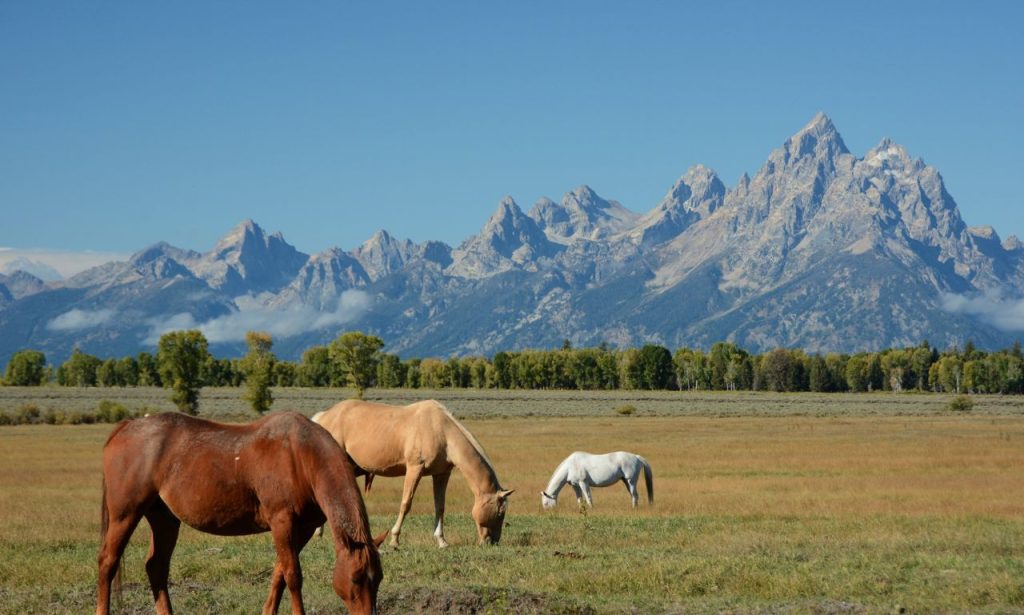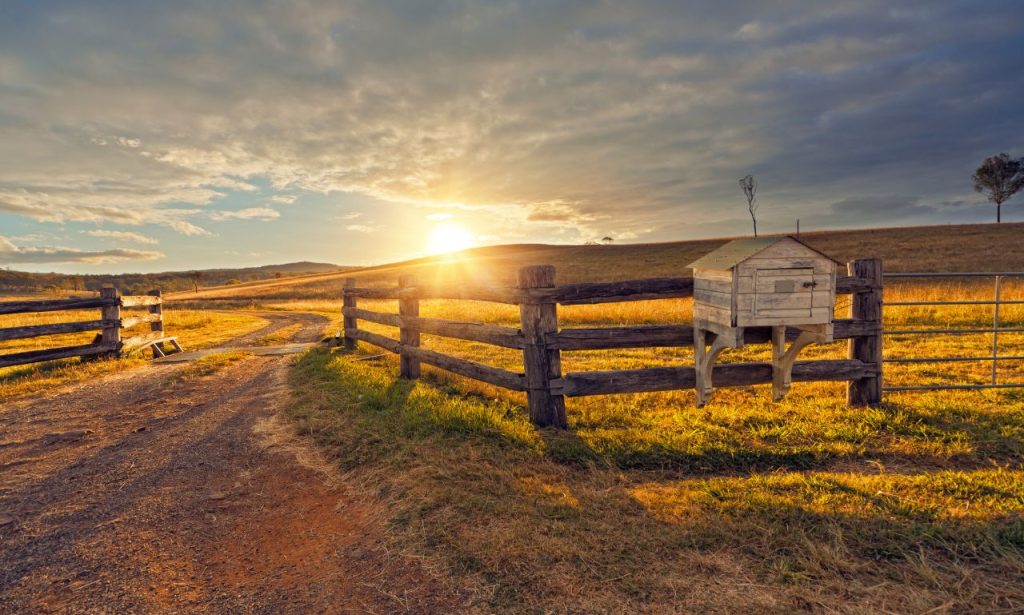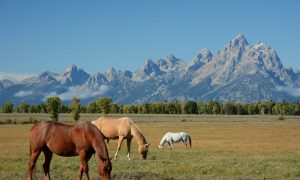Imagine waking up to the serene sound of nature, surrounded by rolling pastures and the tranquility of rural life. Owning a ranch can be a dream come true, offering both a lifestyle change and a potential investment opportunity. But with so many options across the United States, where is the best place to buy a ranch? This comprehensive guide will help you navigate the landscape, understand the key factors involved, and pinpoint the ideal locations based on your needs and goals.
What to Know Before Buying a Ranch
Purchasing a ranch is not just about acquiring land; it’s about adopting a new way of life. Before diving into the search for the best places to buy a ranch, there are several crucial considerations to keep in mind:
Understanding Your Purpose
- Lifestyle vs. Investment: Are you looking for a peaceful retreat, a working ranch, or a long-term investment? Your objectives will shape your decision-making process.
- Size and Scale: Determine how much land you need. Are you planning to raise livestock, grow crops, or simply enjoy open space?
- Budget and Financing: Assess your financial situation and explore financing options. Ranch properties can range from a few hundred thousand dollars to several million.
Assessing the Land
- Soil Quality: Good soil is essential for farming and grazing. Conduct soil tests to ensure the land meets your needs.
- Water Resources: Availability of water is crucial for any ranch. Check for natural water sources, irrigation systems, and water rights.
- Climate: The local climate will impact your ranching activities. Consider the weather patterns and how they align with your plans.
Legal and Regulatory Considerations
- Zoning Laws: Ensure the land is zoned for agricultural use and understand any restrictions.
- Property Taxes: Be aware of the property tax rates in the area.
- Environmental Regulations: Comply with federal and state environmental regulations, especially if your ranch includes protected lands or waterways.
Is Buying a Ranch a Good Investment?

Ranch properties can be a lucrative investment, but they come with unique challenges and opportunities. Here’s what you need to consider:
Benefits
- Appreciation: Land values tend to appreciate over time, particularly in desirable locations.
- Income Potential: Ranches can generate income through livestock, crops, hunting leases, and agritourism.
- Tax Benefits: Agricultural properties often qualify for tax incentives and lower property tax rates.
Risks
- Market Fluctuations: Real estate markets can be volatile, and rural properties are no exception.
- Operational Costs: Running a ranch involves significant expenses, including maintenance, labor, and equipment.
- Environmental Factors: Droughts, floods, and other natural disasters can impact your investment.
How Much Money Do You Need to Buy a Ranch?
The cost of buying a ranch varies widely based on location, size, and amenities. Here’s a breakdown of potential costs:
Initial Purchase Price
- Small Ranches: Can range from $200,000 to $500,000.
- Medium-Sized Ranches: Typically cost between $500,000 and $1.5 million.
- Large Ranches: Prices can exceed $1.5 million, with some premier properties selling for tens of millions.
Additional Costs
- Improvements: Fencing, barns, irrigation systems, and other infrastructure can add significantly to your initial investment.
- Operational Costs: Feed, veterinary care, equipment maintenance, and labor are ongoing expenses.
- Legal and Professional Fees: Include the costs of surveys, appraisals, legal fees, and real estate agent commissions.
What is the Best State for Ranching?
Choosing the best state for ranching depends on your specific needs and preferences. Here’s an in-depth look at some top contenders:
Why Wyoming?
Wyoming offers vast, open spaces and a strong ranching tradition. It’s an excellent choice for those seeking large properties and a robust agricultural community.
- Land Availability: Wyoming has some of the largest ranches available in the U.S.
- Tax Benefits: No state income tax and favorable property tax rates for agricultural land.
- Climate: Suitable for raising cattle and growing hay, though winters can be harsh.
Why Utah?
Utah combines stunning landscapes with a growing agricultural sector. It’s ideal for those looking to balance ranching with outdoor recreation.
- Diverse Terrain: From deserts to mountains, offering varied ranching opportunities.
- Water Resources: Adequate water supply from rivers and reservoirs.
- Proximity to Markets: Close to major urban centers, providing easy access to markets.
Why Montana?
Montana is known for its wide-open spaces and strong agricultural industry. It’s perfect for those seeking a traditional ranching experience.
- Large Properties: Abundance of large ranches suitable for cattle and crop production.
- Strong Agricultural Support: Established infrastructure and support networks for ranchers.
- Natural Beauty: Scenic landscapes that enhance the appeal of ranch life.
Why New Mexico?
New Mexico offers a unique blend of desert and mountainous terrain, making it a versatile option for ranching.
- Affordable Land: Generally lower land prices compared to other states.
- Mild Climate: Favorable weather conditions for year-round ranching.
- Cultural Heritage: Rich history and diverse culture add to the appeal.
Florida
Florida might not be the first state that comes to mind for ranching, but it offers unique opportunities, especially for those interested in agritourism.
- Year-Round Growing Season: Ideal for diverse agricultural activities.
- Tourism Potential: High tourism rates provide opportunities for agritourism ventures.
- Water Resources: Abundant water supply enhances farming capabilities.
Arizona
Arizona’s warm climate and scenic beauty make it a compelling choice for ranching, particularly for those interested in specialty crops or livestock.
- Climate: Warm weather supports year-round operations.
- Land Diversity: From deserts to highlands, offering varied ranching environments.
- Economic Growth: Rapidly growing economy with potential for agribusiness.
Oregon
Oregon offers a diverse climate and fertile land, making it suitable for a variety of agricultural activities.
- Fertile Soil: Excellent for growing crops and raising livestock.
- Sustainable Practices: Strong emphasis on organic and sustainable farming.
- Water Resources: Ample rainfall and river systems support agriculture.
Nevada
Nevada’s vast open spaces and favorable tax environment make it an attractive option for ranchers.
- Tax Benefits: No state income tax and favorable property tax rates.
- Large Properties: Availability of expansive ranches.
- Climate: Dry climate suitable for certain types of livestock and crops.
Texas

- Large Ranches: Abundance of large properties ideal for cattle ranching.
- Economic Support: Strong agricultural economy with extensive support networks.
- Diverse Climate: Varied climates across the state support a range of agricultural activities.
Texas is often synonymous with ranching, offering a rich heritage and diverse opportunities for ranchers of all types.
Idaho
Idaho’s fertile land and supportive agricultural community make it an excellent choice for ranching.
- Fertile Soil: Ideal for growing a variety of crops.
- Water Resources: Extensive irrigation systems support agriculture.
- Community Support: Strong agricultural community and infrastructure.
Conclusion
Choosing the best place to buy a ranch hinges on your personal goals, budget, and lifestyle preferences. Whether you’re drawn to the expansive plains of Wyoming, the diverse landscapes of Utah, or the fertile lands of Idaho, each state offers unique opportunities and challenges. By understanding your needs and thoroughly researching each location, you can find the perfect ranch that aligns with your dreams and aspirations.
ALSO READ: Best Places to Invest in Real Estate in California
FAQs
Financing options for buying a ranch include traditional mortgages, agricultural loans, and owner-financing. USDA loans are also available for qualified buyers looking to purchase rural properties.
To assess the value of a ranch property, consider factors such as land quality, water access, existing infrastructure, and market trends. Hiring a professional appraiser with experience in agricultural properties can provide an accurate valuation.
Common challenges include managing operational costs, dealing with environmental factors, and navigating legal and regulatory requirements. Effective planning and resource management are essential to overcoming these challenges.
Income can be generated through livestock sales, crop production, hunting leases, agritourism, and conservation easements. Diversifying income streams can help mitigate financial risks.
Key factors to consider include land quality, water resources, climate, accessibility, and proximity to markets. Evaluating these factors will help ensure the property meets your needs and goals.
Stay informed about federal, state, and local environmental regulations that apply to your property. Work with environmental consultants and legal experts to ensure compliance and implement sustainable practices.
Agritourism can provide additional income, promote sustainable practices, and engage the community. It can include activities such as farm stays, tours, workshops, and event hosting.




